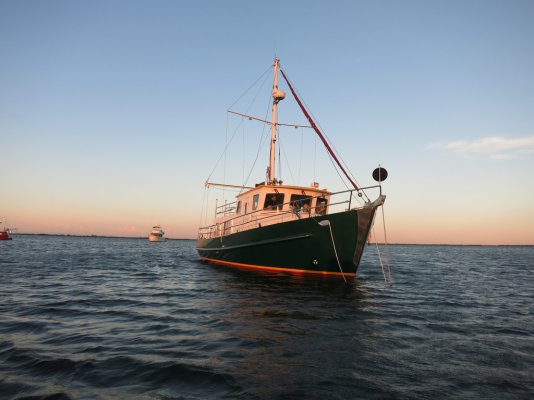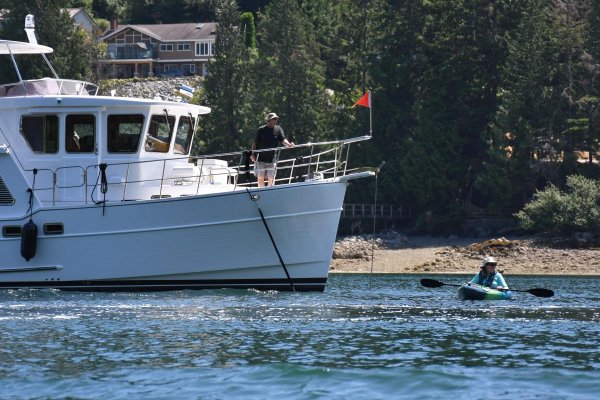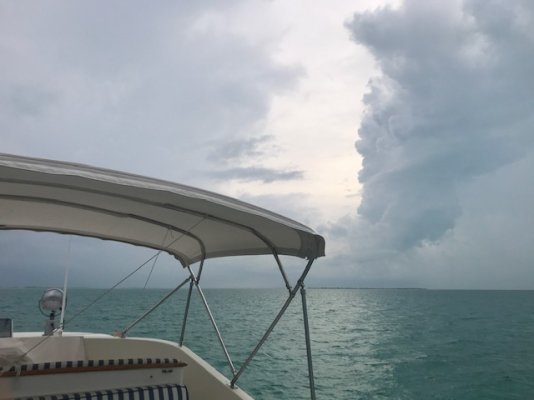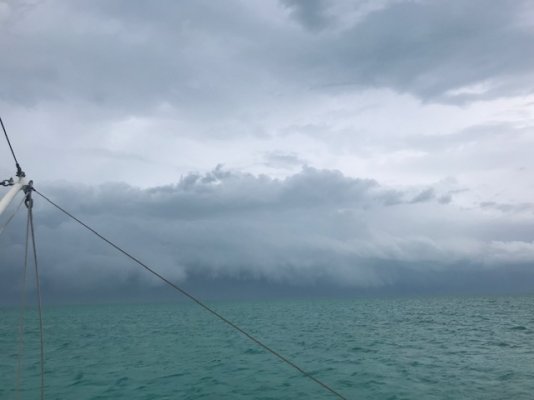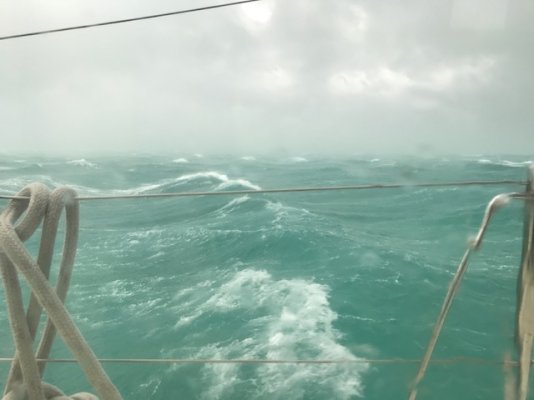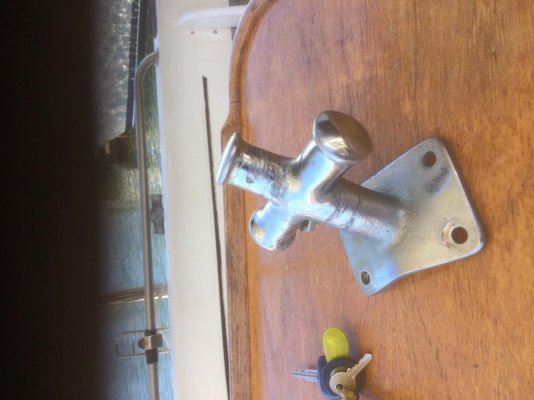drb1025
Guru
I have a slotted anchor chain plate attached to the chain with two lines attached to the bow cleats for a bridle. Should it be lowered to the water level or below the water? If below, how far below? I’ve done it both ways and don’t notice any difference. Which is the preferred method and why? Thanks for your responses.

